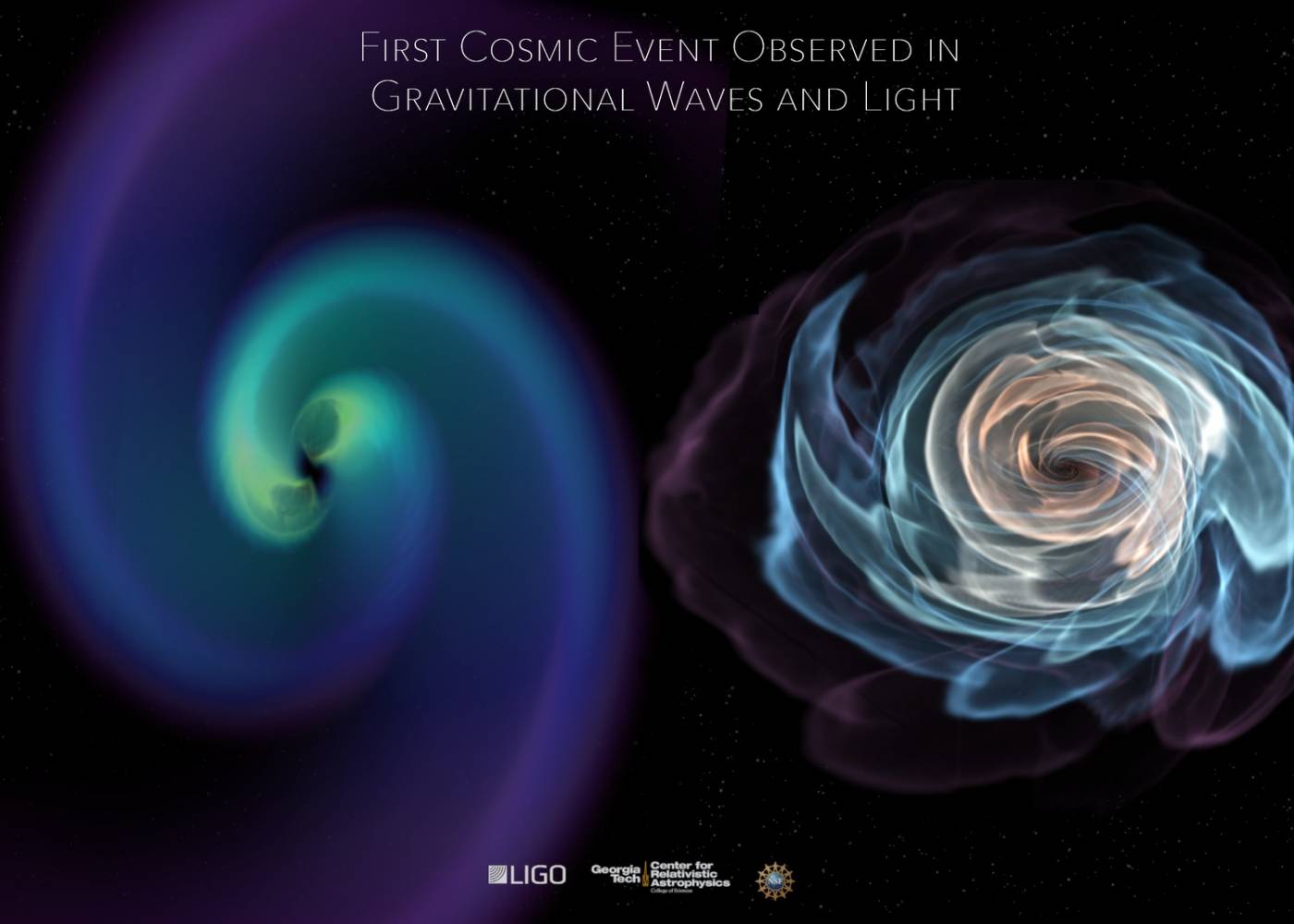Student: Catarina Alves
First supervisors: Hiranya Peiris (Astro) and Jason McEwen (MSSL)
Second supervisor: Ingo Waldmann (Astro)
Entry year: October 2018

Project description: The discovery of merging neutron stars GW170817 heralded the dawn of multimessenger astronomy with gravitational (GW) and electromagnetic (EM) waves. This first EM-GW discovery, by itself, led to a 15 orders-of-magnitude improvement in testing the fundamental properties of gravity. Further, EM-GW simultaneous detections of such "kilonovae" offer unique means of measuring the expansion rate of the universe with “standard sirens”. The Large Synoptic Survey Telescope (LSST; to be commissioned in 2019) will repeatedly map the Southern hemisphere sky to an unprecedented flux-limit 100 times fainter than previous surveys, probing timescales new to Astronomy. LSST has the potential to uncover new classes of transient sources, as well as build up large samples of rare known transients (such as kilonovae from gravitational wave events). In this project we will develop novel machine learning techniques to discover such rare transient sources very early on after the explosion first appears on the sky. This will enable the triggering of spectroscopic and multiwavelength followup programmes to observe the source and gather as much data as possible, maximising the scientific output from each such rare and spectacular source.
Funding: “Cosmoparticle” funding from Physics and Astronomy
 Close
Close

